





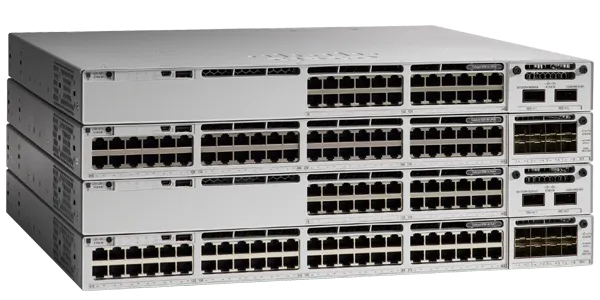




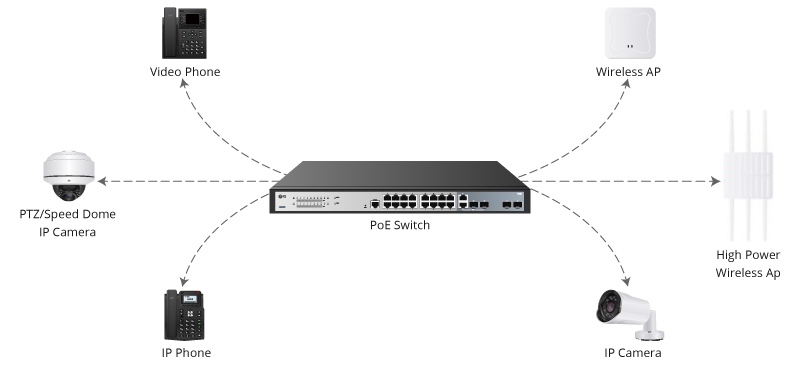

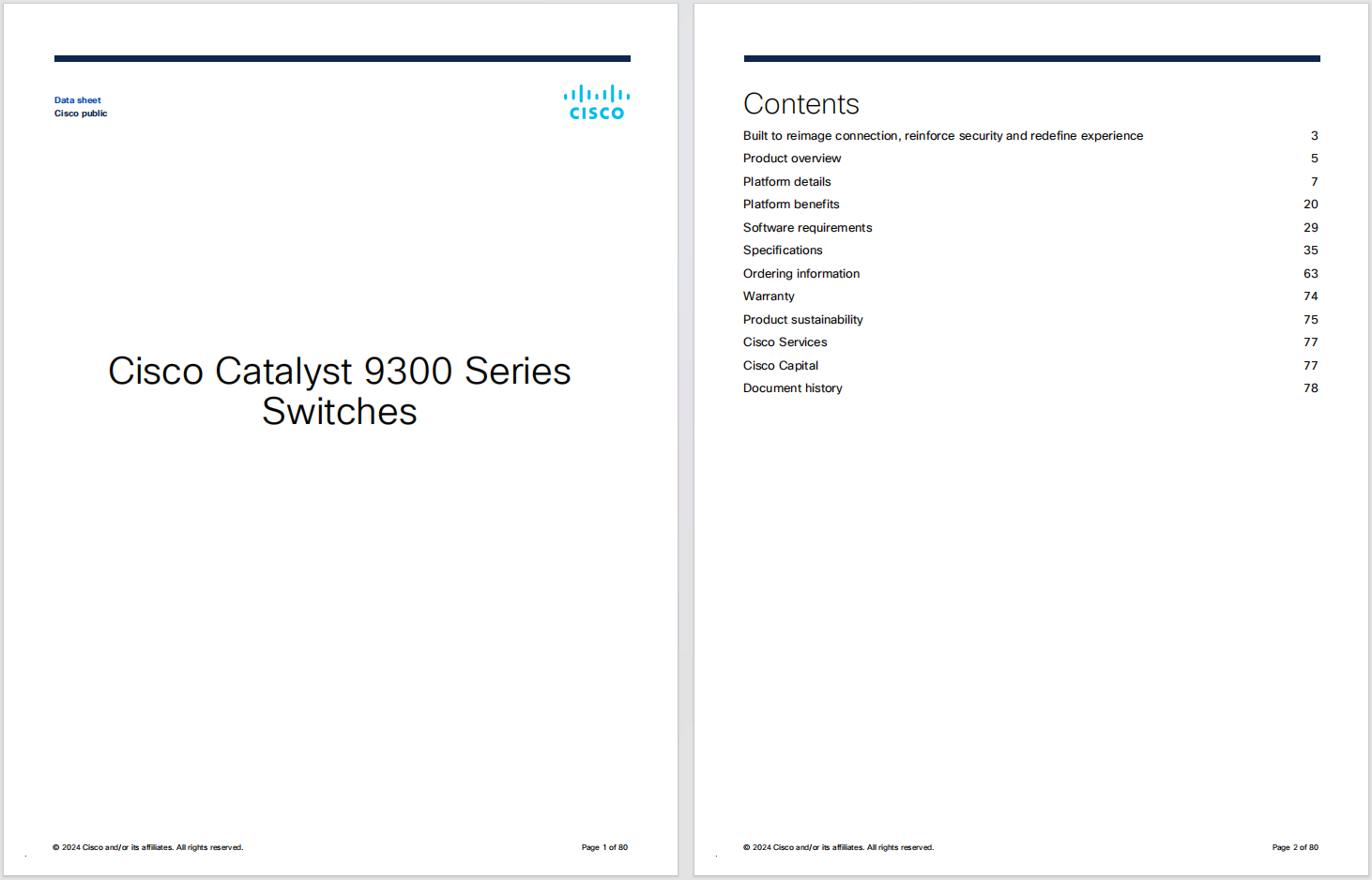



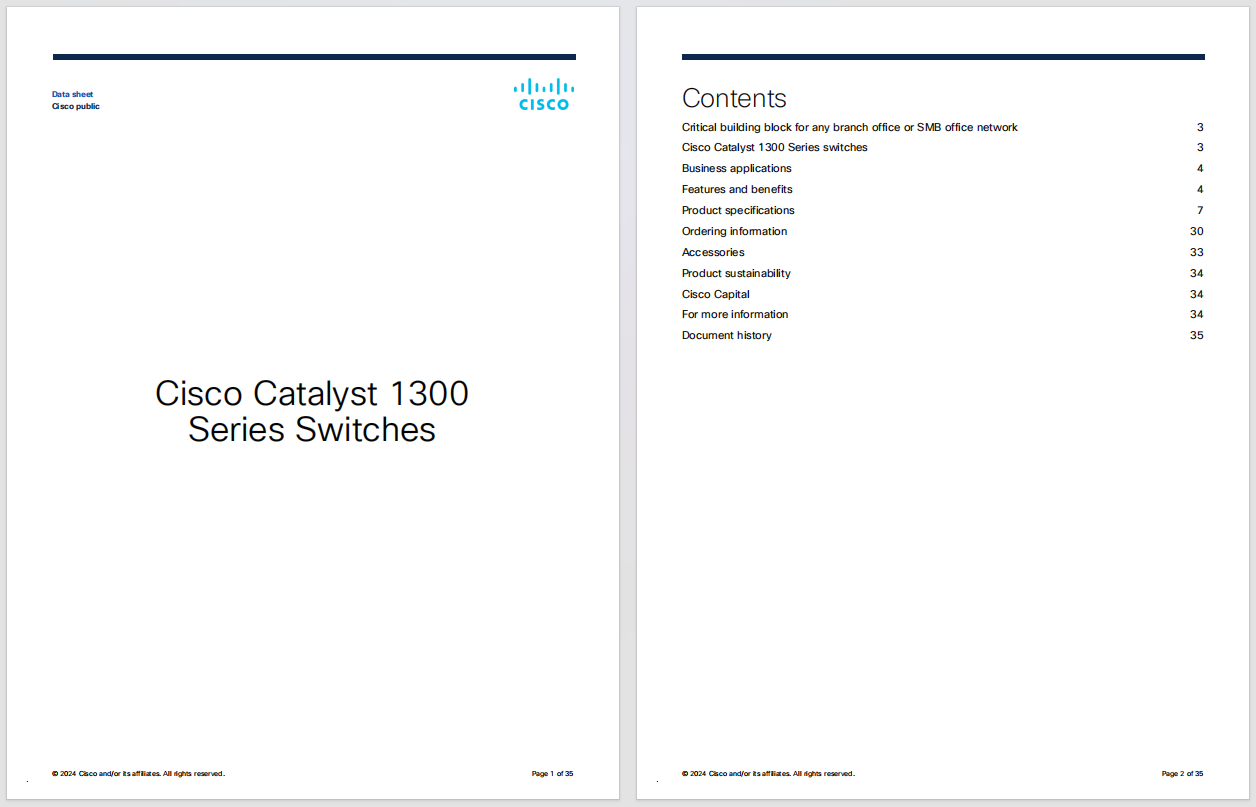
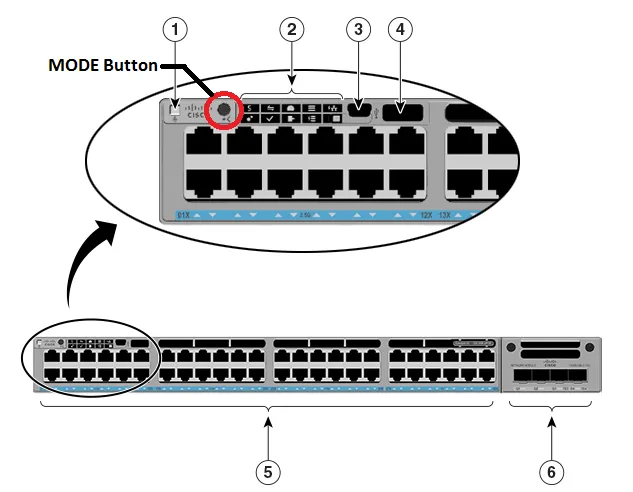





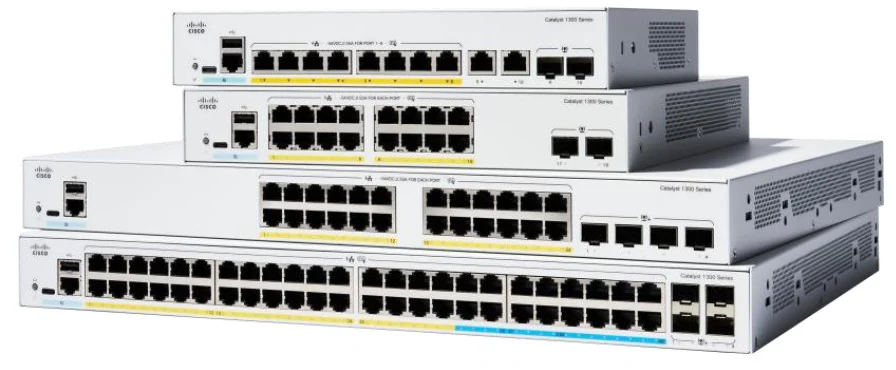







The digital divide has been closing over the past decade, with help from a range of federal funding programs aimed at extending broadband services to underserved areas of the country. Along the way, of course, technologies have become more bandwidth-intensive, which has also moved the goalposts on what are considered minimally adequate levels of connectivity, creating a cycle of growth in capacity followed by a growth in demand for more capacity.
This need to continuously upgrade infrastructure capacity to accommodate an ever-evolving demand for bandwidth has been especially challenging in areas where bandwidth expansion is not economically feasible without government assistance or where the capacity requirements are abnormally large, such as for telehealth or university research applications. But a lack of funding shouldn
 Etiquetas calientes:
digital divide
rural broadband
Cisco Rural Broadband
Rural broadband funding programs
Etiquetas calientes:
digital divide
rural broadband
Cisco Rural Broadband
Rural broadband funding programs